October 2017
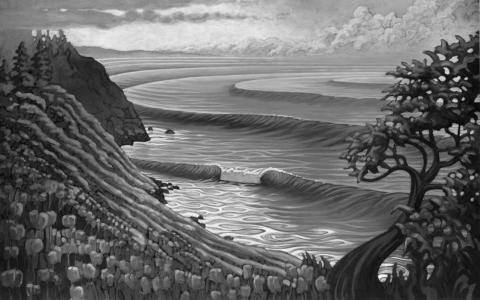
In Indian mythology, Goddess Sarasvatī, and Śiva in the form of Naṭarāja, are the presiding deities of music and dance. ‘Om’ is the mystic symbol, also called ‘praṇava', that helps to attain spiritual perfection through chanting. SL Bhyrappa's novel ‘Mandra’ includes these mythical aspects of music and dance and explores their spiritual and social dimensions. The myth about music, which claims that it has immense power over natural phenomena and...
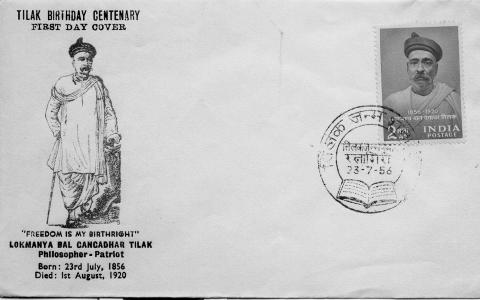
Would somebody ask what’s the relationship between national freedom and poetic inspiration? Those who believe that freedom is related to our individual lives must equally believe that it is related to poetry (in the sense of literature) as well; this is because there is not an inch of space on the stage of human life which does not invite the poet. Everywhere our minds can go, the poet has an entrance there. The ups and downs of the life of our...
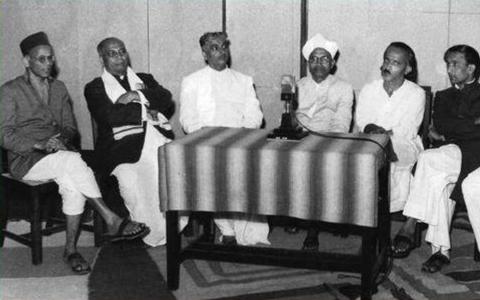
ಸಾವಿರ ವರ್ಷಗಳಿಗೂ ಮೀರಿದ ಕನ್ನಡಸಾಹಿತ್ಯಚರಿತ್ರೆಯಲ್ಲಿ ಇಪ್ಪತ್ತನೆಯ ಶತಮಾನದ ನವೋದಯಸಾಹಿತ್ಯವನ್ನು ಕನ್ನಡಸಾಹಿತ್ಯಪುನರುಜ್ಜೀವನದ ಸುವರ್ಣಯುಗವೆಂದು ಹೇಳಬಹುದು. ಈ ಕಾಲದ ಅನೇಕಕವಿಗಳು ಹಾಗೂ ಲೇಖಕರು ಬಹುಭಾಷಾಕೋವಿದರಾಗಿದ್ದುದಲ್ಲದೆ ವಿವಿಧಪ್ರಾದೇಶಿಕಭಾಷಾಸಾಹಿತ್ಯಗಳ ಸಮೃದ್ಧಸಾಂಸ್ಕೃತಿಕಝರಿಗಳಿಂದ ನೇರವಾಗಿ ಸ್ಫೂರ್ತಿಗೊಂಡು ಬಗೆದುಂಬಿಸಿಕೊಳ್ಳುವ ಮೂಲಕ ಆ ಹೊತ್ತಿಗೆ ನಿಂತ ನೀರಾಗಿದ್ದ ನಮ್ಮ ತಾಯ್ನುಡಿಯ ಹೊಳೆಯ ಹರಿವನ್ನು ಹೊನಲಾಗಿ ಹಿಗ್ಗಿಸಿದರು.
ಕನ್ನಡದ ಮೇಲೆ ಬಂಗಾಳಿ ಭಾಷೆ ಹಾಗು ಸಾಹಿತ್ಯದ ಪ್ರಭಾವವು ಹತ್ತೊಂಬತ್ತನೆಯ ಶತಮಾನದ...

Ritualistic walking on burning coals is one of the popular rites that is still observed in many places. In ‘Tabbaliyu Neenade Magane’, too this ceremony takes place. The ritual is also described elaborately in ‘Nayi-Neralu’. This is a ritual that is conducted once a year, in front of the temple dedicated to the Goddess. Many people take religious vows to walk on live coals, and pray to the goddess for fulfilment of their wishes. In ‘Nayi-Neralu...

Mahābhārata - Ahiṃsā
The trait of sattva does not mean non-activity or lack of valour. The same can be said of ahiṃsā too. We have seen earlier that ahiṃsā is one of the first pre-requisites for the practise of yoga. It is not sufficient merely staying away from violence but one must also show compassion. That is the very first ātma-guṇa laid out by the author of the dharma-sūtras (see Gautama-dharma-sūtra). But the Mahābhārata is a story of war...
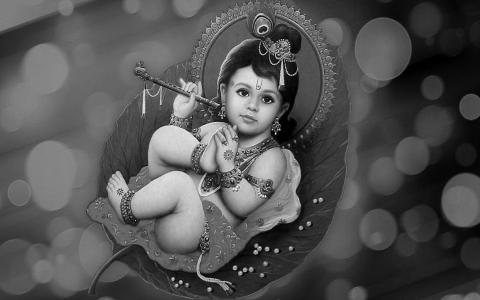
The current series examines the literary and aesthetic value of the verses of Kṛṣṇakarṇāmṛtam and wherever possible, touches upon their application to music, dance and painting. The present part gives a brief introduction to the poet, his work and describes a few verses.
Kṛṣṇakarṇāmṛtam is a wonderful lyrical composition of three hundred and twenty eight verses in three parts (āśvāsas) by Līlāśuka (also known as Swami Bilvamaṅgala). Each verse...

Swami Chinmayananda
Pujya Swami Chinmayananda (1916-1993) grew up in the time of India’s freedom struggle. A young intellectual with an education in English Literature and Law, a freedom fighter and a journalist, he keenly felt the plight of the ordinary Indian under the British heel. A man on a quest, he sought out Swami Sivananda in Rishikesh and while attempting to find the answers to the questions of social justice, he found a deeper...
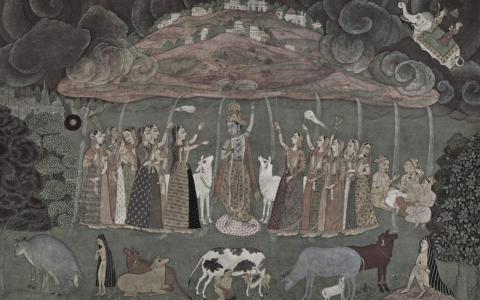
Fascinated by the Mahābhārata, Dr. S L Bhyrappa wrote the novel Parva in the 1970s, which narrated the human story of the epic, keeping aside the fantastical elements. In Parva, while referring to the character of Krishna, Vidura tells Dhritarashtra, “You’re completely mistaken about Krishna. He is such a person that even if the Pandavas die on the battlefield, he will make Kunti or Draupadi the queen and get them to rule the kingdom. He won’t...

A reasonable place to assess the overall contribution of K Viswanath to Indian cinema is the 1976 musical and social blockbuster, Siri Siri Muvva. That film in a way marks a clean break and is the line that clearly demarcates Viswanath’s cinematic oeuvre as Sankarabharanam and post Sankarabharanam.
The period also plays a significant role in this assessment.
Past Masters
K Viswanath’s predecessors like B N Reddy, K V Reddy, C. Pullaiah, K....

Saṃnyāsa, Yajña-dāna-tapas
By the time of the Mahābhārata, it seems that several people had given up worldly life and had taken up saṃnyāsa; they practiced abstinence and lived on roots and fruits in āśramas (hermitage) that they constructed in the wild. It was common for the kings to take up the lifestyle of a muni (sage, ascetic) during old age. Saṃnyāsa is the fourth āśrama (stage of life).
Even when slightly perturbed, Yudhiṣṭhira...
